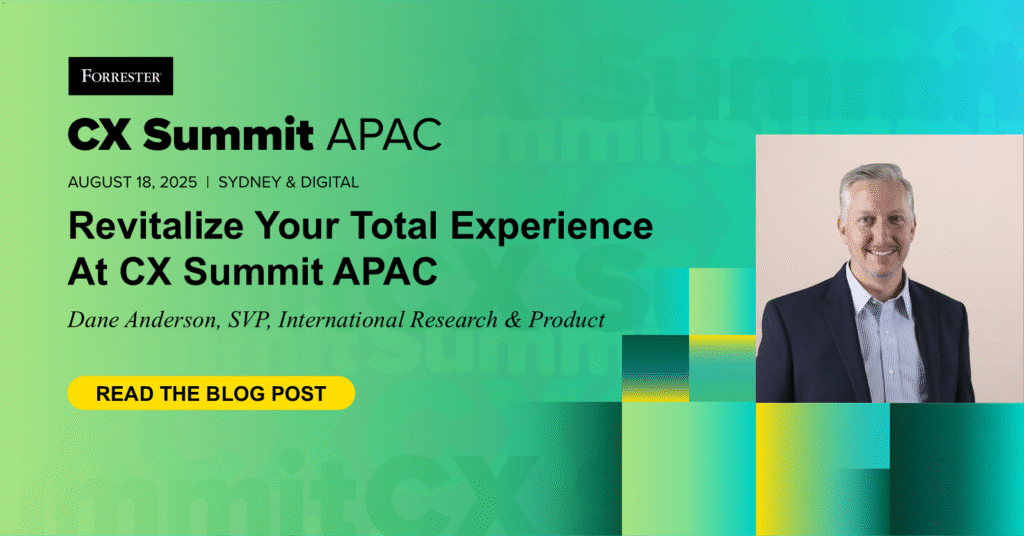The State of Business Buying in Asia Pacific, 2024: What Marketers Need to Know
Ranging from cultural nuances and generational shifts to the rise of AI, business buying in Asia Pacific (APAC) is evolving rapidly. APAC is one of the most dynamic and diverse regions in the world, and that complexity is reflected in its B2B buying landscape. If you’re a marketer or seller operating in this region, understanding these changes is critical to staying competitive. What can you do about these key trends that are shaping the B2B landscape in APAC? Here are five key APAC buying trends and guidance on what sellers and marketers can do to address them. APAC Buyers Are Younger, Digital-First, And More Demanding These younger buyers are digitally native, AI-savvy, and expect more than just a good product — they want values, expertise, and personalized engagements. Many of these younger buyers: Use generative AI to research vendors. Prioritize diversity, equity, and inclusion (DEI), environmental, social, and governance (ESG), and employee experience more than their global peers. Express dissatisfaction with the winning provider. What to do: Tailor your messaging to reflect values and purpose. Highlight your DEI and ESG initiatives and ensure that your customer experience is seamless from the first touch to post-sale. Buying Groups Are Bigger And More Complex APAC has the largest buying groups globally. In addition, external stakeholders, such as consultants and partners, play a bigger role here than in other regions. What to do: Map out the full buying group, including external influencers. Use intent data and persona research to understand who’s involved and what matters to them. Price Isn’t Everything, Until It Is Price is less of a determining factor in Asia Pacific compared to North America and Europe when considering a provider shortlist, but cost still emerges as a major area of concern when deals stall. What to do: Lead with value, not price, but be ready to justify cost clearly and confidently when it’s time to close. Brand Loyalty Is Weak, Even For Incumbents Only 35% of APAC buyers start their purchase journey with a single vendor in mind, compared to 45% in North America, meaning that even incumbents must fight to stay relevant. What to do: Don’t assume that your brand reputation will carry you. Stay visible, relevant, and responsive throughout the buyer’s journey. Cultural Nuances Matter A Lot APAC is not a monolith. Business etiquette and buyer expectations vary widely across the different countries: Japan values harmony and indirect communication. Australia favors directness and informality. China emphasizes relationships (“guanxi”). India respects hierarchy and seniority. What to do: Customize your go-to-market strategy by country. Localize messaging, adapt your sales approach, and train teams on cultural intelligence. How Providers Can Succeed In APAC To succeed in this complex environment, providers must do three key things: Understand buyers deeply. Use persona research and journey mapping to tailor engagement. Leverage intent data to deliver the right message at the right time. Engage across the lifecycle. Don’t stop at acquisition. Use lifecycle revenue marketing to support buyers post-sale and improve retention — this is crucial, given high dissatisfaction rates. Add value at every touchpoint. Every interaction is a chance to build trust. Make sure that your content, channels, and experiences are aligned with what buyers need at each stage. APAC’s B2B buying landscape is young, diverse, and digitally driven. Embracing this complexity and responding with data-driven and culturally aware strategies will enable your organization and position you to win. Forrester clients can learn more by reading my report, The State Of Business Buying In Asia Pacific, 2024, and scheduling an inquiry with me. source
The State of Business Buying in Asia Pacific, 2024: What Marketers Need to Know Read More »













